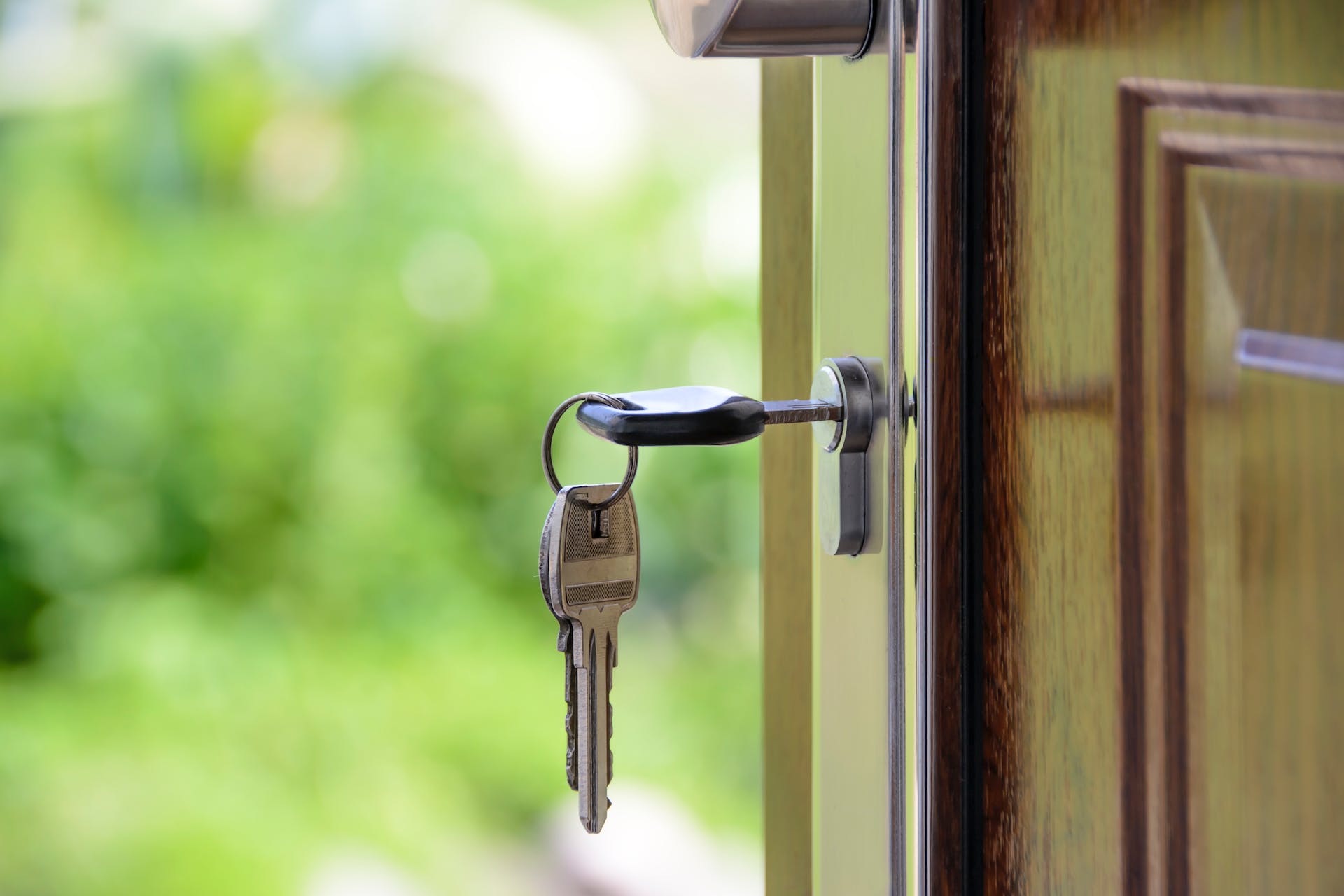The Rise of Sustainable Real Estate: Investing in Green Buildings and Eco-Friendly Developments
By Dillon Eversole

Are you interested in investing your finances into something that not only offers financial benefits but also contributes to a more sustainable future? Look no further than sustainable real estate. As the world becomes more conscious of our impact on the environment, eco-friendly developments and green buildings are becoming increasingly popular. Investing in sustainable real estate not only benefits the planet, but it can also provide long-term financial gains. In this article, we’ll explore what sustainable real estate is, its advantages and challenges, its future outlook, and how to get started with investing in this growing market. So buckle up and let’s dive into the rise of sustainable real estate!
What is sustainable real estate?
Sustainable real estate refers to developments that are designed, built, and operated with the goal of minimizing their environmental impact. These properties prioritize energy efficiency, water conservation, waste reduction, and use of renewable resources. The concept of sustainable real estate has gained popularity in recent years as people have become more conscious about the environment.
Green buildings are a significant aspect of sustainable real estate. These structures incorporate environmentally friendly materials and techniques during construction to minimize their carbon footprint. They also feature systems such as solar panels or rainwater harvesting that reduce reliance on non-renewable sources.
Sustainable real estate is more than just eco-friendly buildings; it encompasses entire neighborhoods or communities designed for sustainability. Such developments promote alternative modes of transportation like walking or cycling, encourage green spaces like parks and gardens while providing amenities nearby.
Investing in sustainable real estate can yield several benefits beyond financial gains such as reduced operating costs due to lower utility bills, tax incentives from local governments offering favorable policies towards eco-friendly infrastructure development.
Sustainable Real Estate seeks to provide long-term solutions by creating greener cities that benefit both people and the planet alike.
The benefits of investing in sustainable real estate
Investing in sustainable real estate has numerous benefits that make it an attractive option for investors. To start, green buildings and eco-friendly developments help reduce the carbon footprint of a property, contributing to environmental sustainability.
Additionally, investing in sustainable real estate can lead to significant long-term financial gains. With more people becoming aware of the environmental impact of their actions, demand for environmentally conscious properties is increasing rapidly. This means that investments made now may see a considerable increase in value over time as demand continues to grow.
Moreover, sustainable buildings also tend to have lower operating costs than traditional buildings due to their energy-efficient features. This translates into higher profits for investors as they save on expenses like electricity bills and maintenance costs.
Sustainable real estate investment also provides a sense of social responsibility by promoting ethical practices while simultaneously providing economic returns. It enables investors to do good while doing well financially.
Investing in sustainable real estate not only helps protect our planet but can also provide significant financial rewards and contribute positively towards one’s values and beliefs.
The challenges of sustainable real estate
Although investing in sustainable real estate has numerous benefits, it also comes with its own set of challenges. One major challenge is the higher upfront costs associated with constructing green buildings or retrofitting older buildings to be more eco-friendly.
Additionally, there may be limited availability of sustainable building materials and technologies in certain regions. This can make it difficult for developers to meet sustainability goals while staying within budget constraints.
Another challenge is the lack of standardized certifications and regulations for sustainable real estate. While various organizations offer certification programs such as LEED and WELL Building Standard, there are no universal standards for measuring a building’s sustainability performance.
Moreover, some investors may view sustainable projects as riskier due to the newness of technology or uncertainty around potential returns on investment. This can limit funding opportunities for sustainable developments.
Despite these challenges, many believe that the long-term benefits outweigh the initial obstacles in investing in sustainably designed properties. With continuous advancements in technology and growing awareness about environmental concerns, we can expect more solutions-oriented approaches towards overcoming these challenges and making sustainability a top priority across all sectors – including real estate.
The future of sustainable real estate
The future of sustainable real estate looks bright, as more and more investors are recognizing the long-term benefits of eco-friendly developments. Many cities around the world are setting ambitious targets to reduce their carbon footprint, which means that demand for green buildings is likely to increase in the coming years.
In addition, governments and regulators are introducing policies aimed at encouraging sustainable development. For example, some countries offer tax incentives or subsidies for developers who build energy-efficient properties. This will further drive investment in this sector.
Advances in technology may also play a role in shaping the future of sustainable real estate. Smart home systems and renewable energy sources such as solar panels could become increasingly common features of eco-friendly developments.
However, there are challenges to be overcome if sustainable real estate is to become mainstream. The costs associated with building green can be higher than traditional construction methods, which may deter some investors from getting involved.
It seems clear that investing in sustainable real estate makes financial sense over the long term. As demand for eco-friendly properties continues to rise and regulations tighten around carbon emissions standards, those who have already invested will find themselves ahead of the curve both financially and ethically.

How to get started in sustainable real estate investing
If you’re interested in sustainable real estate investing, there are a few key steps to take to get started.
First, it’s important to do your research and educate yourself on the basics of sustainable real estate. This includes understanding green building practices, eco-friendly developments, and energy efficiency.
Next, consider working with an experienced real estate agent or investment advisor who has expertise in sustainable properties. They can help guide you through the process and identify opportunities that align with your financial goals.
When evaluating potential investments, be sure to assess the property’s sustainability features such as its energy efficiency ratings or LEED certifications. Additionally, consider factors like location and demand from renters or buyers for sustainable properties.
Ensure that you have adequate financing in place before making an offer on a property. This may include securing funding through traditional lenders or exploring alternative financing options such as crowdfunding platforms.
By taking these steps and staying informed on industry trends and best practices, you can successfully enter the world of sustainable real estate investing while also making a positive impact on the environment.
Conclusion
To sum up, sustainable real estate is an investment opportunity that offers numerous benefits for both investors and the environment. Although it may present challenges such as high upfront costs and lack of market demand in certain areas, many experts believe that sustainable real estate will become more popular in the coming years.
Investing in green buildings and eco-friendly developments not only helps reduce carbon emissions but also provides financial returns through energy savings, tax incentives, and higher property values. Moreover, sustainable real estate aligns with the growing trend of socially responsible investing (SRI), which seeks to generate profits while promoting positive social and environmental outcomes.
If you’re interested in getting started with sustainable real estate investing, it’s important to do your research on local regulations, building certifications, financing options, and market trends. Consulting with a professional advisor can also help you make informed decisions about your investments.
By embracing sustainability in our built environment we can create healthier communities for ourselves today and future generations tomorrow while simultaneously achieving attractive financial returns as investors.




